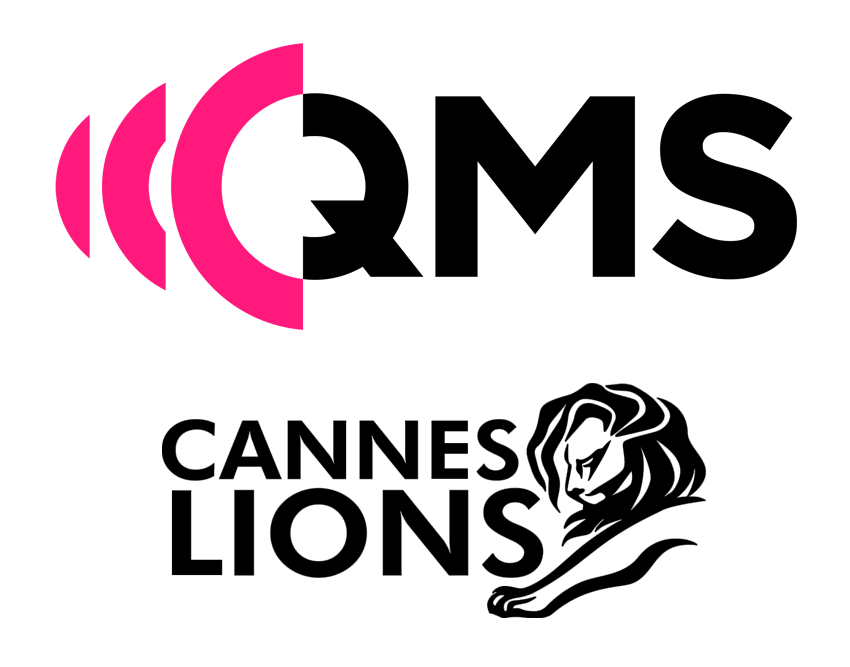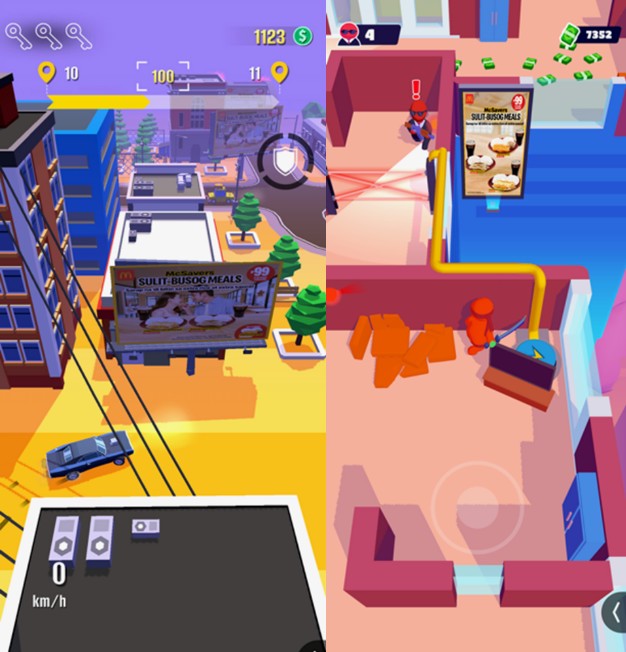Zenith ANZ CEO Jason Tonelli flags gamers, influencers and creators - linked to centralised identity - the masterplan for Publicis Groupe’s alternative media ecosystem, with cheaper reach
An Mi3 editorial series brought to you by
QMS


An Mi3 editorial series brought to you by
QMS

Publicis Groupe is building an alternative media and audience reach network to legacy media channels, leveraging the $650m in influencer and creator platform acquisitions it has made in the past year to tap under-utilised and cheaper audience channels for identity-linked advertising campaigns. Gaming is next. It heaps more pressure on legacy media channels under sustained revenue assault from Meta, Google, Amazon, TikTok and retail media networks, which between them are taking upwards of 75 per cent of the circa $800bn global digital ad market. According to WPP Media, the digital ad market commands 81 per cent of total global ad spend, which will surpass $1trillion for the first time in 2025.
When you start to consider some of our strategic acquisitions … when you think about Influential, Captiv8 and Epsilon, you start to see how we're helping our clients really build reach, build scale, and really think about identity as a solution
Super bowled
Publicis Groupe’s ambitions were clinical and clear during the Cannes Lions festival last month where it launched an all-out challenge to TV’s untouchable – the Super Bowl.
The French marketing services group, which is outperforming its global holding company peers in the equity markets, launched a real-time campaign during the Cannes Lions challenging the Super Bowl by showing it can build the audience reach of one $8m Superbowl TV ad – with 127 million viewers – in a 24 hour window for somewhere between 5-25 per cent of the cost using influencers and creators.
The holdco has outlaid an estimated $650m in the past 12 months acquiring creator-influencer platforms - Captiv8 and Influencer – which it is wiring up to its consumer identity and targeting engine, CoreID, housed in data unit Epsilon, which it acquired in 2019 for upwards of $4bn. Publicis Group also acquired Australian-founded global retail media ad platform, Citrus Ad, in 2021 for $205m and locally it paid an estimated $30-40m for independent media agency Atomic 212° last December, announcing the deal the following month.
Next on Publicis' agenda to build out its legacy media eating audience ecosystem and compete with the global tech-media giants, which dominated the sprawling beachfront showcase instalments in Cannes last month, is gaming.
Big names and games
Zenith ANZ CEO Jason Tonelli told a breakfast briefing in Cannes last month, put on by iion, a specialist programmatic gaming adtech player. The firm houses tier one titles such as Call of Duty, Minecraft, Fortnite, FIFA and GTA – used by brands like L’Oreal, KFC, Lego, Samsung, Ikea and Coca-Cola to target the 1.4bn global gamers on iion’s “unified” platform.
Advertisers have jumped into the tech-media platforms because of their enormous scale and ability to allow easy access and targeting of their users, who leave an abundant trail of personal data captured and monetised by the global players. Gaming, however, has been sidelined for a decade despite a huge, highly-engaged user base.

Intel is inside iion's programmatic games platform
Community and connections
Citing Zenith’s Australian single source consumer research panel, Tonelli said 78 per cent of gamers were playing every week, 28 per cent daily. “When you think about that from an Australian perspective, 56 per cent of Australians are watching television every day, so you're starting to see where this reach shift is starting to play," Tonelli said. “It's a lean-in environment, and we're all advocates for the gaming industry here. You're not leaning back. You're engaged in it. So there's connection and community – all those things are really important when you think about community, when you think about fandom, when you think about engagement, and when you think about attention – gaming delivers that. So now, with some data behind it, it's got scale.”

McDonald's is in on gaming
Tonelli said Zenith is advising its clients to trial gaming ad campaigns from their experimental budgets – usually 10-20 per cent of their annual ad spending. Subway is one Zenith client taking and acting on that advice, but Tonelli said a broader range of categories should be doing likewise.
Unified programmatic games
“We’ve been talking about insurance here [at the Cannes session], we've got insurance clients too. When I start to think about insurance, where are young people? 18-24 year-olds for health insurance, car insurance etc, where are they going? They're going to social right now to be educated about insurance, they are not going to their parents like we did. And in social they’re using influencers or ChatGPT. But there's a wonderful opportunity if you think creatively about gaming and how health insurance plays a role. So what we need to do is be creative about how that solves problems for the consumer that's using those things.”
Tonelli said iion was the first time a programmatic platform had properly unified the disparate gaming sector to launch campaigns across multiple publishers with the IAB measurement standards in viewability and attention – iion, for instance, incorporates attention metrics from Amplified Intelligence in its reporting.
Publicis as a platform
Gaming, per Tonelli, is emerging as another channel alongside creators and influencers that Publicis Groupe has identified as major audience reach alternatives to TV and legacy media.
“It's quite interesting. I think when you start to consider some of our strategic acquisitions … when you think about Influential, Captiv8 and Epsilon, you start to see how we're helping our clients really build reach, build scale, and really think about identity as a solution,” Tonelli said.
“Some of the big conversations you're getting out of Cannes at the moment are really around experiences and engagement as well as efficiencies. And when you start to put those things together, I think influencers and gaming have a massive role in delivering those three things."
Building out those platforms affords holdco agencies a greater degree of protection from their platform rivals now openly telling brands they can hand over budgets and outcomes and let their algorithms do the rest.
Some ex-holdco global execs think becoming platforms in their own right is perhaps the major networks' only hope of long-term survival. Dave Gaines, a former GroupM and WPP global exec turned founder at independent agency Media by Mother, holds that view.,
“49 per cent of the money in the [advertising] world goes to Alphabet, Meta and Amazon. Those companies are technology and data operations, and they own all of their media inventory,” said Gaines.
“All of the big holding companies are effectively trying to replicate that model. They're just trying to mirror those three large companies in order that they can compete and big clients, certainly in the US when you pitch, they come looking for those kind of things ... Alphabet, Meta and Amazon have reshaped the way that media is delivered."
